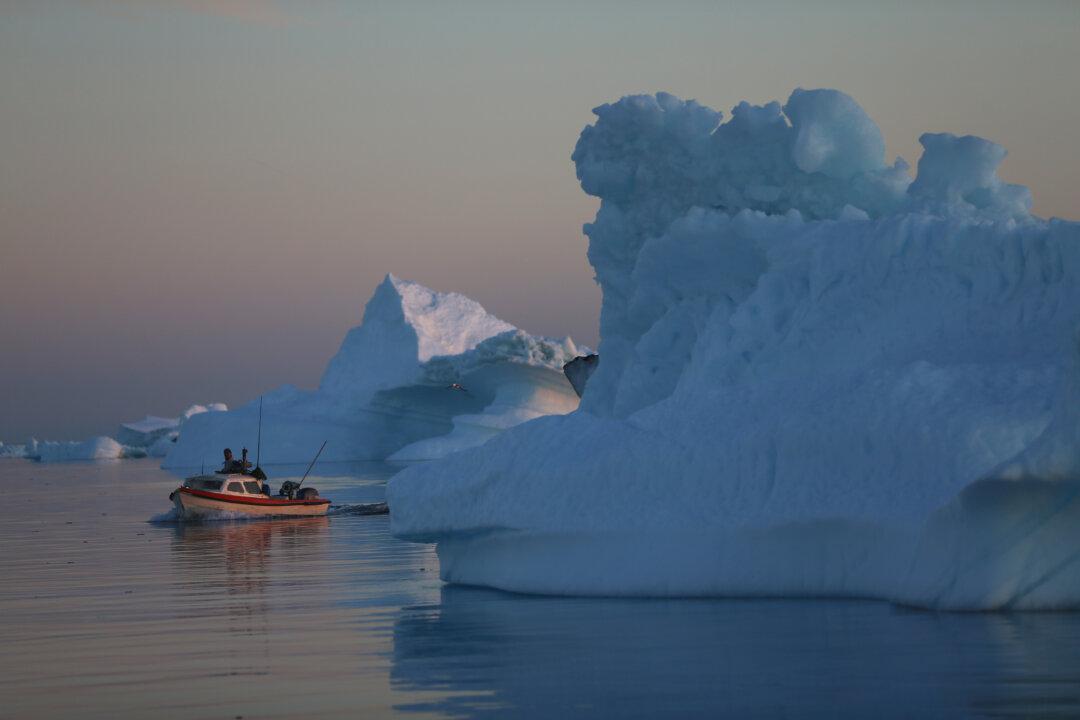COPENHAGEN—Greenland on Sept. 10 picked Denmark as a partner in a planned upgrade of two airports as it sought to defuse a diplomatic row over how the infrastructure projects, of strategic interest to both Washington and Beijing, should be financed.
The Arctic island is a self-ruling part of Denmark, which is concerned that Chinese investment—on the agenda since Greenland’s Prime Minister Kim Kielsen visited Beijing last year—could upset the United States.





